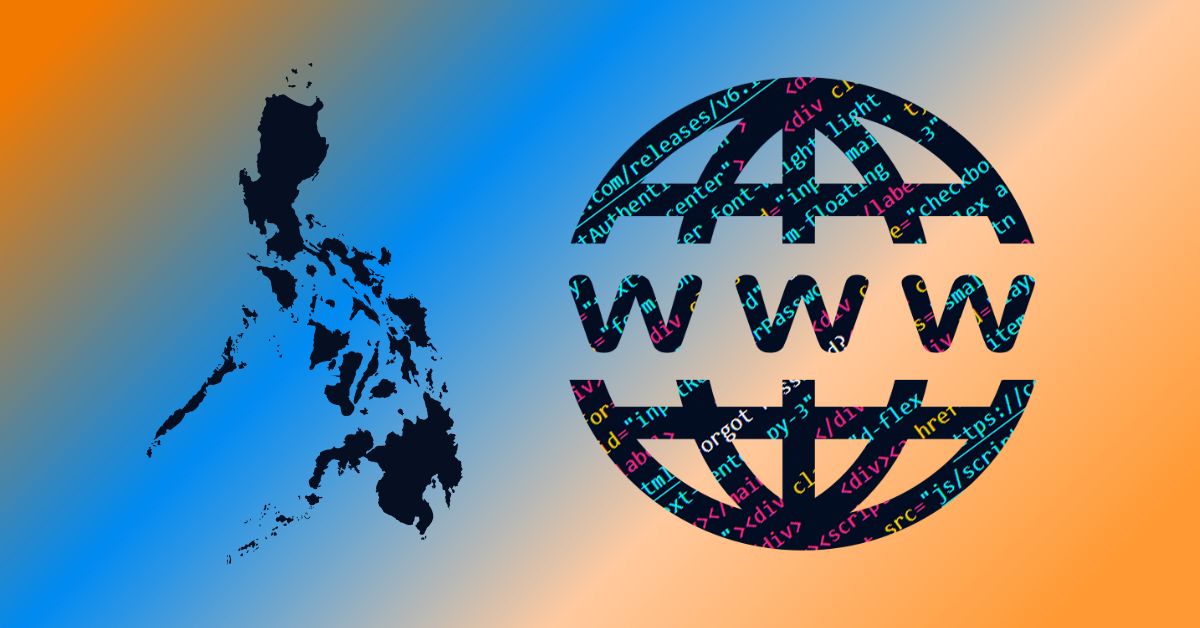As we mark the 30th anniversary of the Internet in the Philippines, it is a momentous occasion to reflect on the journey of connectivity and technological evolution that has shaped the nation. From its humble beginnings to the dynamic and interconnected landscape of today, the Philippines has witnessed a remarkable transformation, thanks to the tireless efforts of tech communities and organizations.
As documented by the late, great Jim Ayson, the internet in the Philippines began on 29 March 1994, when the Philippine Network Foundation (PHNet) connected to Sprint in the United States, establishing the country’s first Internet connection. This marked the beginning of Internet access for the Filipino population. Since then, Internet usage has grown significantly, becoming an integral part of daily life for many Filipinos.
Looking Back & Moving Forward
The past three decades have seen the Philippines undergo a digital revolution, with the Internet becoming an integral part of daily life. From the early days of dial-up connections to today’s high-speed broadband, the journey has been both transformative and empowering.
As we celebrate this milestone, it is crucial to acknowledge the challenges faced by the Philippines in terms of Internet accessibility and the digital divide. Initiatives by tech communities to bridge these gaps have been commendable, yet there is still work to be done to ensure that the benefits of the internet reach every corner of the archipelago.
Philippine tech communities have played a pivotal role in fostering innovation and creating a vibrant digital ecosystem. Groups like AWS User Group Philippines, Google Developer Groups (GDG) Philippines, and Mozilla Philippines have been at the forefront, driving change and empowering individuals with the tools and knowledge needed to thrive in the digital age.
The AWS User Group Philippines, dedicated to Amazon Web Services, has been pivotal in harnessing cloud computing technologies. By bringing together professionals and enthusiasts, the group has facilitated the exchange of ideas and best practices, contributing to the country’s technological advancement.
GDG Philippines has been a catalyst for collaboration and knowledge-sharing among developers. The community has organized numerous events, workshops, and conferences, creating a platform for networking and learning about cutting-edge technologies. This collaborative spirit has fueled the growth of the Philippine tech industry.
Mozilla Philippines, known for its commitment to an open and accessible web, has been instrumental in advocating for Internet privacy and security. Through community-driven initiatives, they have educated Filipinos about the importance of digital literacy and the responsible use of technology.
Looking ahead to the next decade, the Philippines can anticipate even more exciting developments in the tech space. Emerging technologies such as Artificial Intelligence (AI), the blockchain, and the Internet of Things (IOT) are poised to reshape industries and enhance the way Filipinos live, work, and connect.
The collaboration between tech communities, government agencies, and private sectors will be key in navigating these advancements. Building a robust digital infrastructure, investing in digital education, and fostering a culture of innovation will be crucial components in ensuring that the Philippines remains at the forefront of the digital age.
Looking forward, the next decade holds immense promise and potential for the Philippines. By embracing technological innovations and continuing to foster a sense of community and collaboration, the nation is poised to embark on a new chapter of digital growth, ensuring that the benefits of the Internet are accessible to all.
Mabuhay ang Internet sa Pilipinas! Mabuhay ang malayang Internet para sa mga Filipino!


